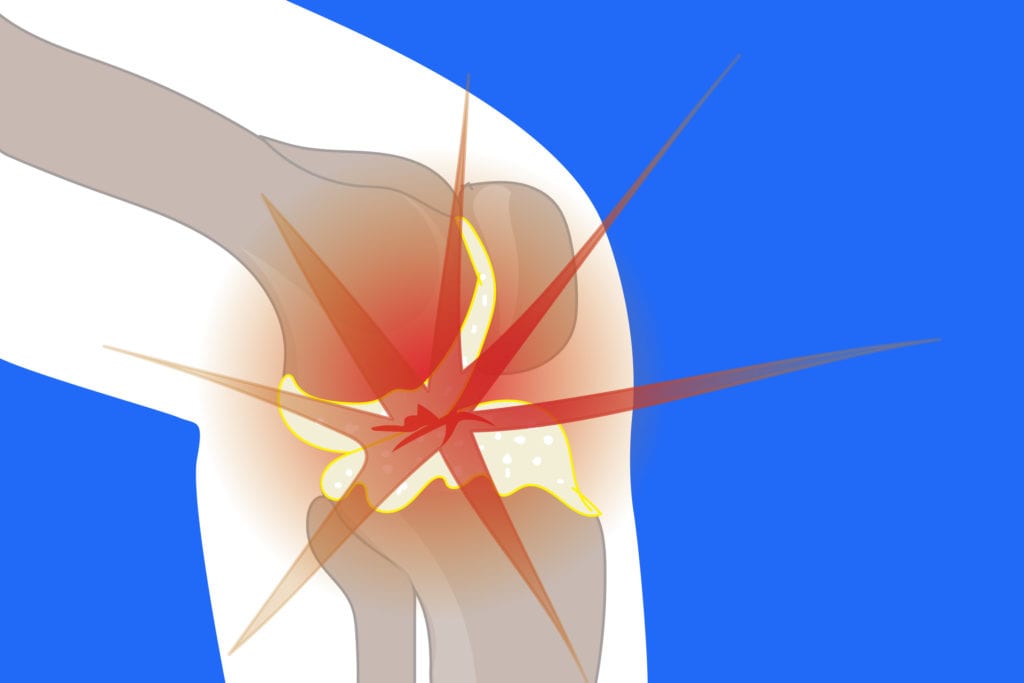

Osteoarthritis (OA), the “wear-and-tear” type of arthritis, is very common, especially in the knees. Your knees support much of your body weight as you move around throughout the day, and that force can take a toll over time and cause the cartilage in that area to break down. In the beginning, that might simply result in mild pain and stiffness, but happens from there?
For some patients, knee OA remains relatively stable. For others, however, the problem continues to worsen, which can lead to substantial pain and disability as walking becomes difficult. At the moment there’s no easy way to reliably predict which patients will fall into which camp.
While joint imaging tests like MRIs do provide some clues as to how knee OA might evolve in a particular patient, “these are expensive procedures that have the potential to make the patients and health care providers to focus on structural changes that may be identified with less consideration of symptoms,” according to the authors of a new study, published in the journal Arthritis Care & Research. “In contrast, simple clinical examinations may provide an inexpensive, useful method for identifying the individuals with knee pathology most likely to progress.”
To figure out if that was possible, they reviewed data on 4,343 patients who were enrolled in the National Institutes of Health OA Initiative. Their goal: to determine if specific, routine physical assessments of knee OA pain could shed light on how the disease would change in individual patients over time.
According to their findings, the “patellofemoral grind test” is worth paying attention to.
During the test, the health care provider pushes straight down on the kneecap (patella) while the patient is told to squeeze their quads (thigh muscles) to see if it hurts. Participants who consistently reported pain during the test were more likely to lose a significant amount of cartilage in their knees over the next four years (as indicated on imaging tests). They were also more likely to end up needing total knee replacement surgery within six years.
“These data suggest that patellofemoral grind may represent a clinical marker associated with adverse long-term joint outcomes and thus may be used to help identify individuals at risk of disease progression,” the authors wrote.
Found This Study Interesting? Here’s How You Can Be Part of Arthritis Research
If you are diagnosed with arthritis or another musculoskeletal condition, we encourage you to participate in future studies by joining CreakyJoints’ patient research registry, ArthritisPower. ArthritisPower is the first-ever patient-led, patient-centered research registry for joint, bone, and inflammatory skin conditions. Learn more and sign up here.





